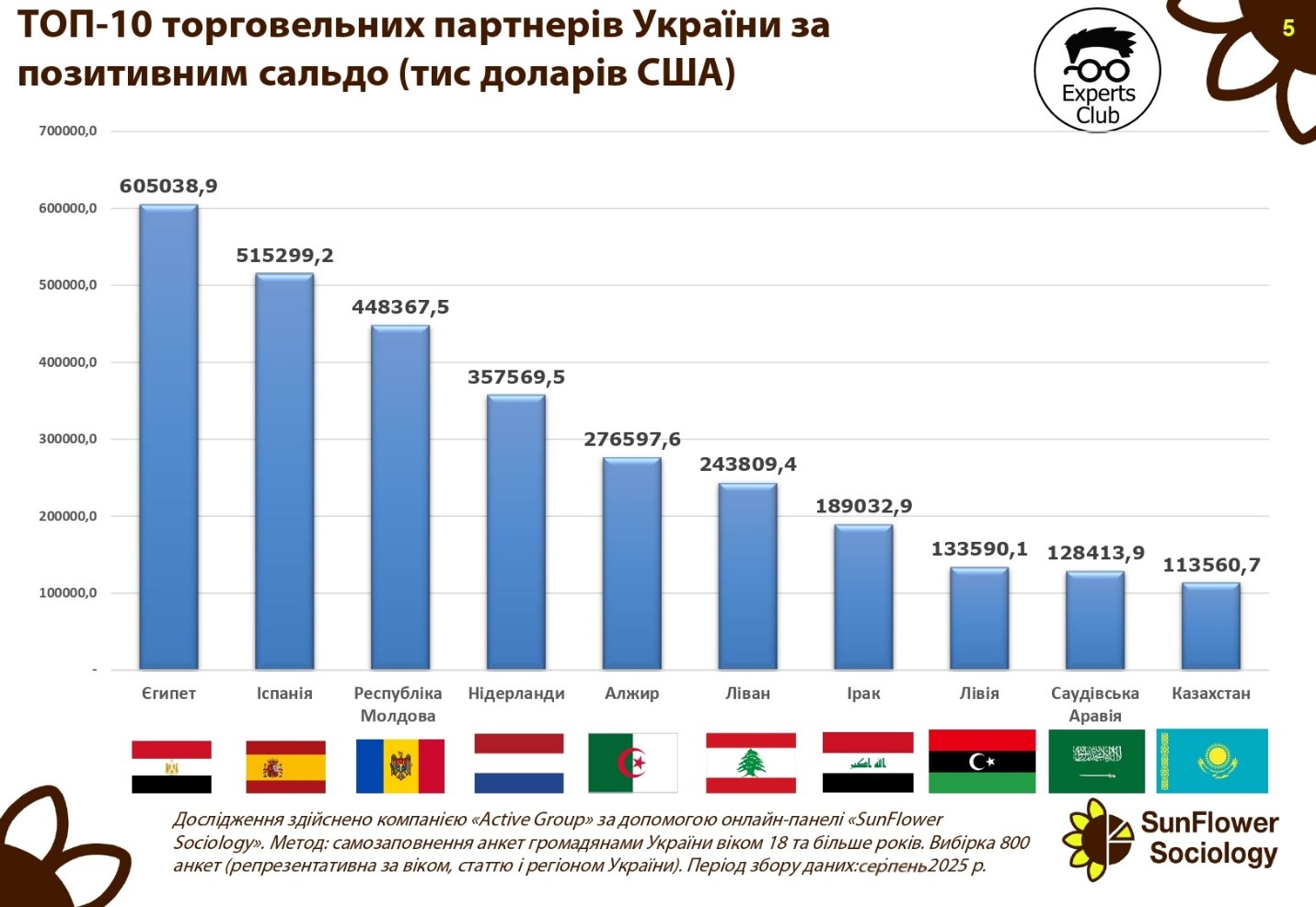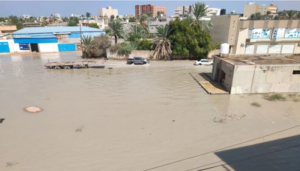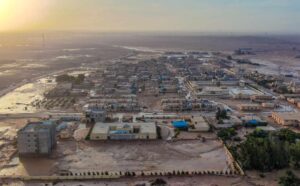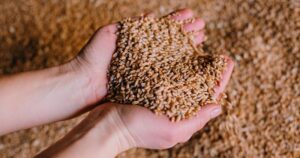
Ukraine maintains a significant positive trade balance with a number of key partners, which partially offsets the deficit in relations with China and EU countries.
The largest surplus in the first half of 2025 was recorded in trade with Egypt — $605.0 million. Spain ranks second with a balance of $515.3 million, followed by the Republic of Moldova — $448.4 million. Positive dynamics are also observed in relations with the Netherlands ($357.6 million), Algeria ($276.6 million), and Lebanon ($243.8 million).
Ukraine also has a high trade surplus with Iraq ($189.0 million), Libya ($133.6 million), Saudi Arabia ($128.4 million), and Kazakhstan ($113.6 million).

“The positive trade balance indicates that Ukraine is capable of competing effectively in international markets, especially in the agricultural sector and metallurgy. At the same time, it should be borne in mind that these markets are vulnerable to changes in the global economic situation, price fluctuations, and political factors,” emphasized Maksim Urakin, founder of Experts Club and economist.
According to him, maintaining a positive balance in relations with the countries of the Middle East and North Africa is a key element of Ukraine’s foreign trade strategy.
“Egypt, Spain, and the countries of the Arab world are stable importers of Ukrainian agricultural products. This is a strategic direction that needs to be developed further, as it creates a safety cushion for the economy against the backdrop of significant import costs,” Urakyn emphasized.
Analysts note that consolidating positions in the African and Middle Eastern markets could become a long-term factor in strengthening Ukraine’s foreign economic balance.
Agricultural exports, ALGERIA, ECONOMY, EGYPT, EXPERTS CLUB, FOREIGN TRADE, IRAQ, KAZAKHSTAN, LEBANON, LIBYA, MOLDOVA, NETHERLANDS, positive balance, SAUDI ARABIA, SPAIN, UKRAINE, МАКСИМ УРАКИН

The number of dead as a result of flooding in Libya caused by Hurricane Danielle has exceeded 8 thousand people, more than 10 thousand residents are missing, Al Arabia reports.
“The death toll from the natural disaster in northeastern Libya has exceeded 8 thousand people. The number of missing people now exceeds 10 thousand,” a Libyan parliamentary advisor said in a statement.
Abdulmenam al-Ghaite, head of the municipality of the city of Derna, which has taken the brunt of the flooding, said it was predicted that the death toll from heavy rains and flooding could rise to 20,000.

The number of people who died as a result of flooding caused by Hurricane Danielle, which raged in the Central Mediterranean in eastern Libya, exceeds 2 thousand people, reports TRT Haber TV channel on the night of September 12.
It is emphasized that as a result of the natural disaster that swept the east of the country, more than 2 thousand people were killed and almost 7 thousand people are missing. The cities of Al-Baida, Sousse, Al-Marj and Derna were flooded. A curfew has been imposed in areas where a state of emergency has been declared.
Libya’s Prime Minister called on the international community to provide aid to flood-affected areas. Three days of mourning have been declared in the country.

IAEA inspectors found that about 2.5 tons of unenriched uranium stored at a site in Sebha, 660 kilometers southeast of the Libyan capital Tripoli, has disappeared, the Associated Press (AP) reported Thursday, citing the agency.
“Security inspectors found last Tuesday that 10 barrels containing approximately 2.5 tons of natural uranium in the form of uranium ore concentrate were no longer at the declared site in Libya. The agency will take action to clarify the circumstances surrounding the removal of nuclear material from the site,” the AP cited excerpts from an IAEA statement.
The day before IAEA Director General Raphael Grossi informed member countries about the situation in Libya.
According to AP, each ton of these substances, given the appropriate technology, can be processed into 5.6 kilograms of weapons-grade material needed to build an atomic bomb.
Since the overthrow and assassination of Libyan leader Moammar Gadhafi in 2011, Sebha has been in a state of powerlessness, with an illegal migration route through the city and, according to the UN, cases of slave trade recorded in Sebha. In recent years, the city has been largely controlled by the Libyan National Army of Field Marshal Khalifa Haftar, with rebels from neighboring Chad also present.
Altogether, according to various estimates, Libyan authorities accumulated about 1,000 tons of uranium concentrate during the Gadhafi rule (1969 – 2011). In 2003, after the U.S. invasion of Iraq, he disclosed to the international community the workings of Libya’s nuclear program, and in 2009 international inspectors removed the last stocks of enriched uranium from the country. However, according to the UN, in 2013 Sebha stored about 6,400 barrels of uranium concentrate.

Ports of “Big Odessa” on Thursday sent 221 thousand tons of agricultural products in the framework of the “Grain Initiative”, said the Ministry of Infrastructure of Ukraine.
“Today a caravan of five ships left the ports of “Big Odessa”, which will deliver 221 thousand tons of agricultural products to Africa, Asia and Europe, including the bulk carrier Sea Bridle with 25 thousand tons of agricultural products for Libya,” the Ministry noted.
According to him, since the beginning of the grain corridor 12 ships with 305 thousand tons of Ukrainian grain to this African country.
The Ministry noted that there are 29 vessels in the ports, involved in the “grain initiative”. More than 1 million tons of Ukrainian agricultural products are loaded on them.
“Grain corridor” is also moving two vessels for the loading of 89 thousand tons of agricultural products.
At the same time in the Bosporus 92 vessels are waiting for their turn to be inspected by the SCS. Over the past day, seven ships received approval for further movement after the inspection.
According to the information of the Ministry of Infrastructure, at least 12 inspections per day are required for continuous movement through the grain corridor.
A total of 574 vessels have left the ports of Greater Odessa since August 1, which exported 14.6 million tons of Ukrainian food to Asia, Europe and Africa.

The State Service on Food Safety and Consumer Protection has agreed with Libyan experts on the form of an export veterinary certificate for the supply of milk and dairy products, the State Food Service said in a press release.
“Less than two weeks ago, a very productive meeting with the Charge d’Affaires of Libya in Ukraine, Adel Benissa, took place at the State Food and Consumer Protection Service, and today we have very good news for Ukrainian dairy producers about the opening of the export market,” head of the agency Vladyslava Mahaletska said.
She clarified that the possibility of exporting sunflower oil, grain, fruit and berry products from Ukraine to Libya is being considered. The forms of international veterinary certificates for the export of cattle, poultry and products from it have already been agreed.
As reported, Ukraine in April agreed with Argentina the form of an export veterinary certificate for the supply of milk and dairy products to this country.
Ukrainian agricultural products in 2020 gained access to the markets of 12 countries. Some 35 export certificates have been agreed, two EU audits have been passed concerning state control over the production of fish, poultry and products made of them.
According to the State Consumer Service, in 2021, work continues to expand exports in various commodity items, including poultry, livestock, beef and pork, milk and dairy products, honey, apples, blueberries and cherries, legumes, onions, wheat flour, fish and fish products, reproductive material.